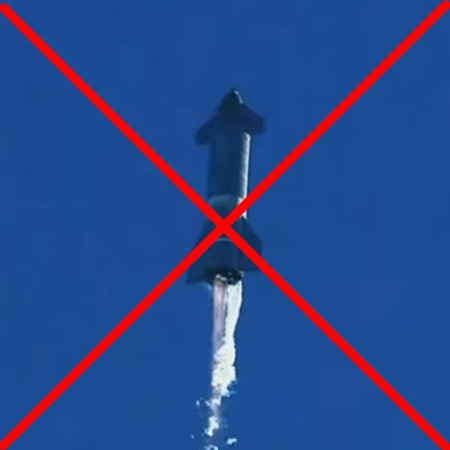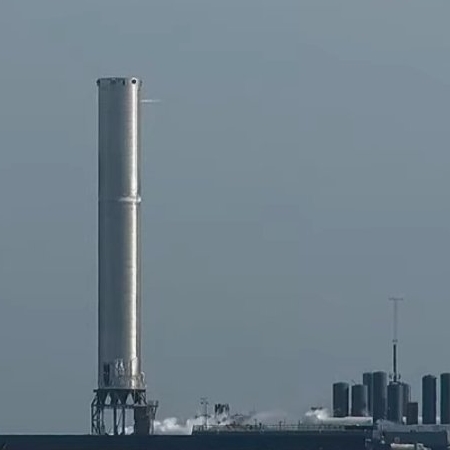India successfully completes static fire testing of rocket engine for human flights
The new colonial movement: India has successfully completed the third long duration static fire tests of its Vikas rocket engine, to be used on its planned manned space mission dubbed Gaganyaan.
[T]he Vikas engine is the workhorse liquid rocket engine powering the second stage of India’s Polar Satellite Launch Vehicle (PSLV), second stage and the four strap-on stages of the Geosynchronous Launch Vehicle (GSLV) and the twin-engine core liquid stage (L110) of GSLV Mk-III.
Experts point out that the successful testing is necessary as the testing is part of the human rating of a rocket that was not originally designed to launch humans into space. Every space agency follows its own standards of human rating of a launch vehicle and there are no global standards. “This test is one of the critical items which need to be checked in human rating GSLV Mk-III. Semi-Cryogenic engine SE-200 which will replace Vikas is still under development and its developmental times will not match the ambitious Gaganyaan timelines. Vikas is one of the most reliable engines in the world and has proved its mettle.
If you look at PSLV, GSLV Mk-II and GSLV Mk-III missions where Vikas has been used, the burn profile or duration is approximately around 150-160s only on a typical flight. Testing its performance above its designed operational limit is essential to ensure engine reliability against any event of a mishap.
In other words, for the manned mission Vikas will have to burn for a much longer time than its normal profile. They have now successfully shown that it can handle that long burn time.
The new colonial movement: India has successfully completed the third long duration static fire tests of its Vikas rocket engine, to be used on its planned manned space mission dubbed Gaganyaan.
[T]he Vikas engine is the workhorse liquid rocket engine powering the second stage of India’s Polar Satellite Launch Vehicle (PSLV), second stage and the four strap-on stages of the Geosynchronous Launch Vehicle (GSLV) and the twin-engine core liquid stage (L110) of GSLV Mk-III.
Experts point out that the successful testing is necessary as the testing is part of the human rating of a rocket that was not originally designed to launch humans into space. Every space agency follows its own standards of human rating of a launch vehicle and there are no global standards. “This test is one of the critical items which need to be checked in human rating GSLV Mk-III. Semi-Cryogenic engine SE-200 which will replace Vikas is still under development and its developmental times will not match the ambitious Gaganyaan timelines. Vikas is one of the most reliable engines in the world and has proved its mettle.
If you look at PSLV, GSLV Mk-II and GSLV Mk-III missions where Vikas has been used, the burn profile or duration is approximately around 150-160s only on a typical flight. Testing its performance above its designed operational limit is essential to ensure engine reliability against any event of a mishap.
In other words, for the manned mission Vikas will have to burn for a much longer time than its normal profile. They have now successfully shown that it can handle that long burn time.








